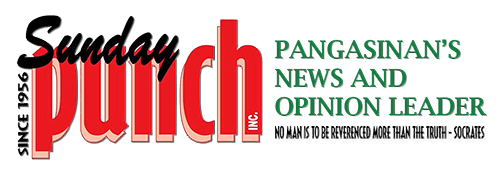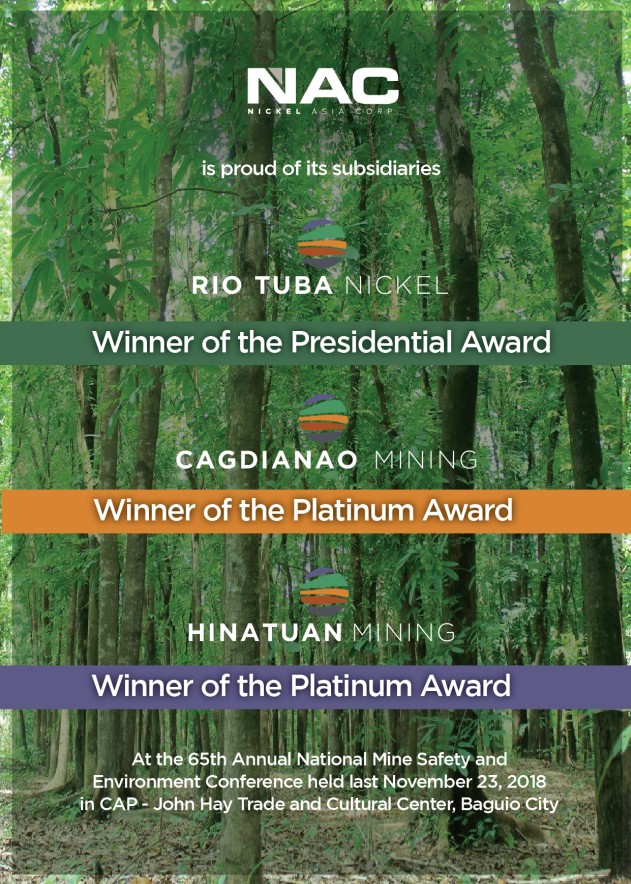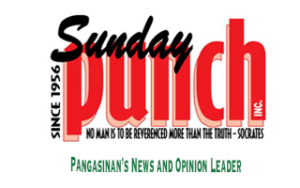Bugallon’s identity found in carabao
IF Thai villages revere elephants in their midst, in the agricultural town of Bugallon, it’s the carabao that has a highly-esteemed place in the community.
A huge stone carabao statue has, in fact, been installed prominently along the highway to serve as a landmark for the town.
Mayor Rodrigo Urduña Mayor said, they decided to build the statue in 2006 with the help of an artist Corlito Ignacio, to help establish recall for the town’s primary livelihood by commuters.

For the town’s residents and visitors, the bronze-colored statue also provides a cool shade from the sun or shelter when it rains – about 10 people can stand under its belly -while waiting for a ride.
Like the lion’s head along Kennon Road, the carabao statue has also become a popular backdrop for souvenir photos.
But beyond the statue, the hardworking beast, considered as the farmer’s best friend, is a prominent feature of Bugallon’s official seal to depict the town’s agricultural economy.
When super Typhoon “Cosme” hit Pangasinan in May 2008, many houses, establishments and even tall trees destroyed were waylaid but the carabao statue stood firm and only suffered slight damage.
The damages have since been repaired and today Bugallon’s carabao continues to stand proud, a fitting icon for a people and a town that strives for development through agriculture.—Jennifer M. Ollica.







